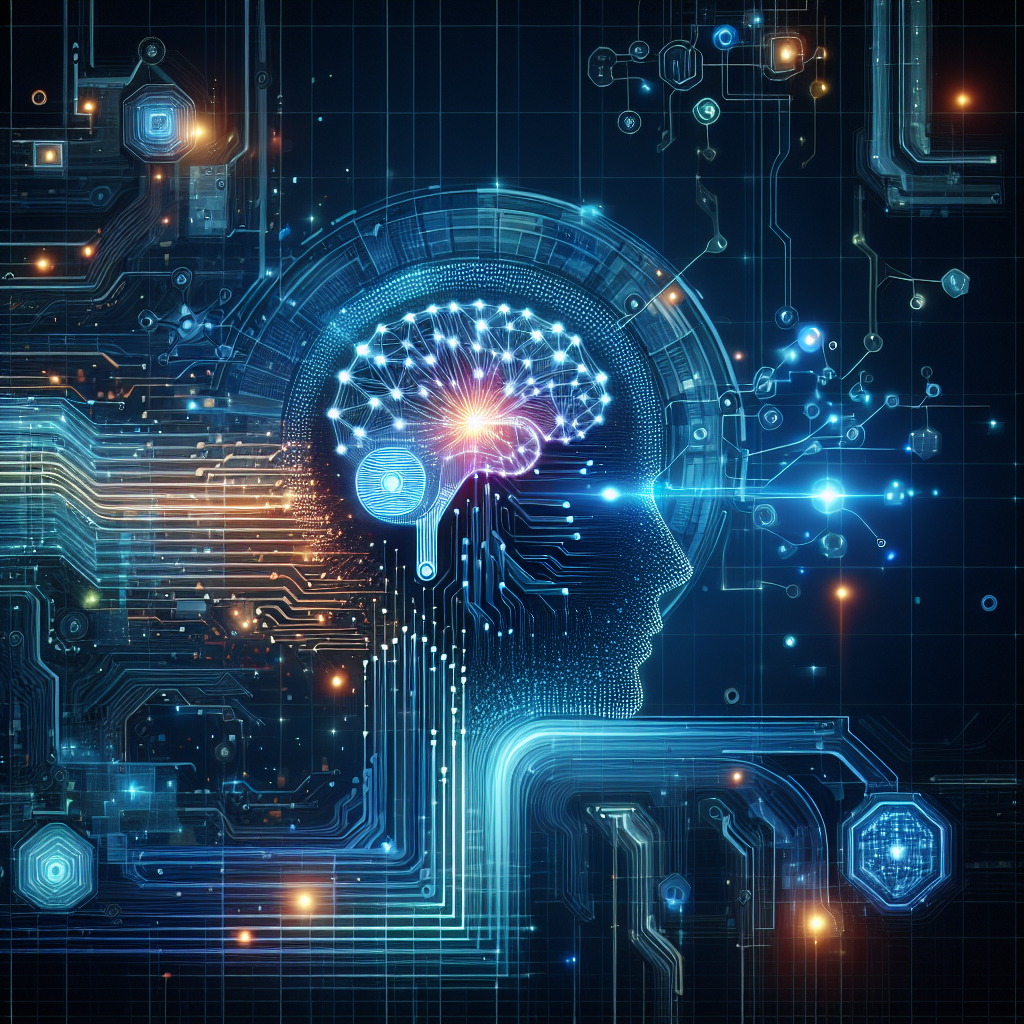Artificial General Intelligence (AGI) is a term that refers to the ability of a machine to perform any intellectual task that a human can do. This includes tasks such as reasoning, problem solving, learning, understanding language, and more. AGI has the potential to revolutionize the way we think about intelligence and innovation, as it could lead to machines that are as intelligent as – or even more intelligent than – humans.
AGI has the potential to transform industries and society in a number of ways. For example, it could revolutionize healthcare by enabling more accurate diagnoses and personalized treatment plans. It could also improve education by providing personalized learning experiences for students. In addition, AGI could revolutionize transportation by enabling self-driving cars and other autonomous vehicles.
The potential applications of AGI are virtually limitless, and the technology has the potential to significantly impact almost every aspect of our lives. However, there are also a number of challenges and risks associated with the development of AGI. For example, there are concerns about the potential for AGI to outperform humans in many areas, leading to job displacement and other social and economic challenges.
Despite these challenges, many experts believe that AGI has the potential to bring about a new era of innovation and progress. In this article, we will explore the potential of AGI to transform the way we think about intelligence and innovation, as well as some of the challenges and risks associated with its development.
What is AGI?
AGI is a type of artificial intelligence that is capable of performing any intellectual task that a human can do. This includes tasks such as reasoning, problem solving, learning, understanding language, and more. AGI is different from other types of artificial intelligence, such as narrow AI, which is designed to perform specific tasks within a limited domain.
AGI has the potential to revolutionize industries and society by enabling machines to perform tasks that were previously thought to be the exclusive domain of humans. For example, AGI could enable machines to diagnose diseases more accurately than human doctors, or to develop new drugs more quickly and efficiently. AGI could also revolutionize transportation by enabling self-driving cars and other autonomous vehicles.
The potential applications of AGI are virtually limitless, and the technology has the potential to significantly impact almost every aspect of our lives. However, there are also a number of challenges and risks associated with the development of AGI.
Challenges and Risks of AGI
One of the main challenges of developing AGI is creating machines that are capable of learning and adapting to new tasks and environments. While machines are already capable of performing specific tasks within a limited domain, creating machines that are capable of performing any intellectual task that a human can do is a much more difficult challenge.
Another challenge of developing AGI is ensuring that the technology is safe and ethical. There are concerns about the potential for AGI to outperform humans in many areas, leading to job displacement and other social and economic challenges. There are also concerns about the potential for AGI to be used for malicious purposes, such as developing autonomous weapons or surveillance systems.
In addition, there are concerns about the potential for AGI to have unintended consequences, such as biases and errors in decision-making. For example, if an AGI system is trained on biased data, it could perpetuate and even exacerbate those biases in its decision-making.
Despite these challenges and risks, many experts believe that AGI has the potential to bring about a new era of innovation and progress. For example, AGI could enable machines to develop new drugs more quickly and efficiently, leading to breakthroughs in healthcare. AGI could also revolutionize transportation by enabling self-driving cars and other autonomous vehicles, leading to safer and more efficient transportation systems.
FAQs
Q: What is the difference between AGI and narrow AI?
A: AGI is a type of artificial intelligence that is capable of performing any intellectual task that a human can do, while narrow AI is designed to perform specific tasks within a limited domain.
Q: What are some potential applications of AGI?
A: AGI has the potential to revolutionize industries and society by enabling machines to perform tasks that were previously thought to be the exclusive domain of humans. Some potential applications of AGI include healthcare, education, and transportation.
Q: What are some of the challenges and risks of developing AGI?
A: Some of the challenges and risks of developing AGI include creating machines that are capable of learning and adapting to new tasks and environments, ensuring that the technology is safe and ethical, and addressing concerns about biases and errors in decision-making.
Q: How can we ensure that AGI is developed safely and ethically?
A: Ensuring that AGI is developed safely and ethically will require collaboration between researchers, policymakers, and industry stakeholders. It will also require careful consideration of the potential risks and ethical implications of the technology.
In conclusion, AGI has the potential to transform the way we think about intelligence and innovation, and to revolutionize industries and society in a number of ways. While there are challenges and risks associated with the development of AGI, many experts believe that the technology has the potential to bring about a new era of innovation and progress. By addressing these challenges and risks, we can ensure that AGI is developed in a safe and ethical manner, and that its potential benefits are realized.

